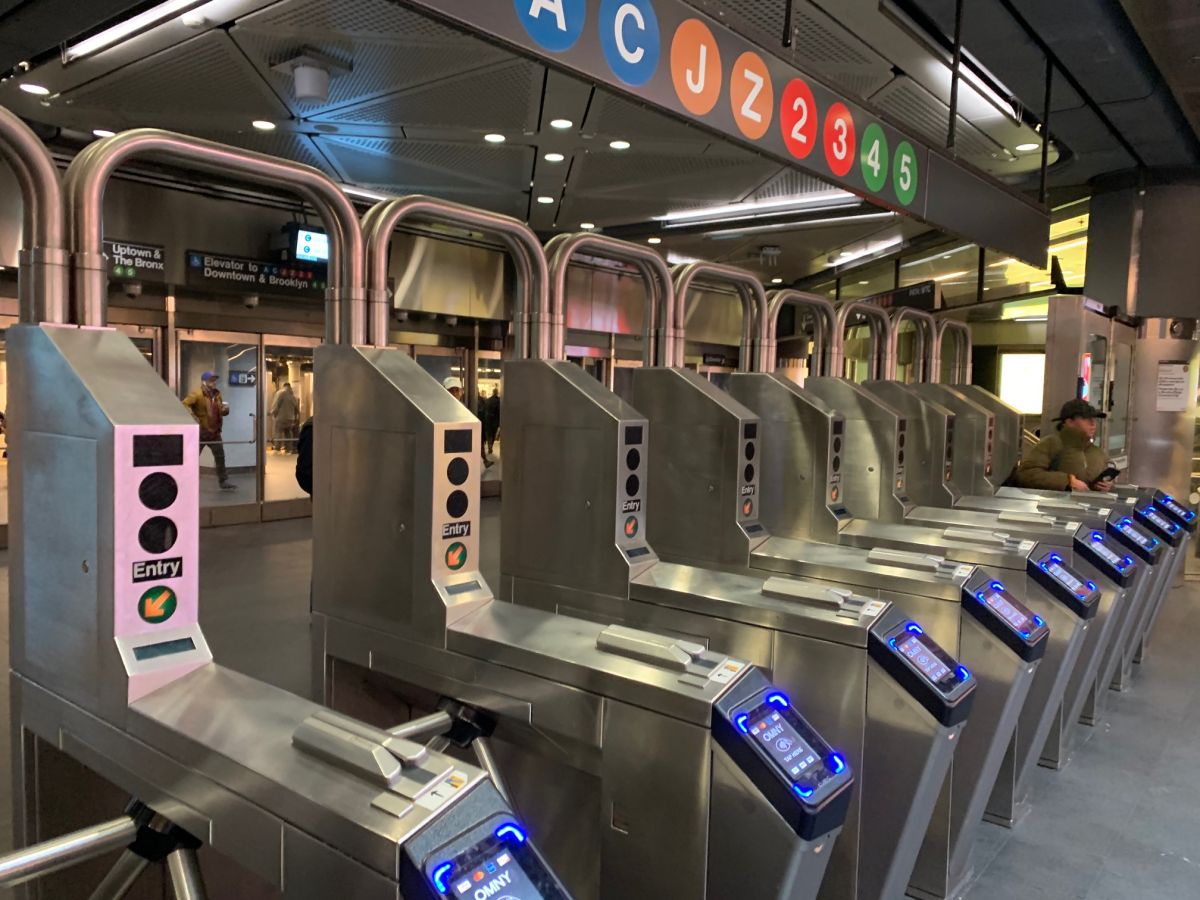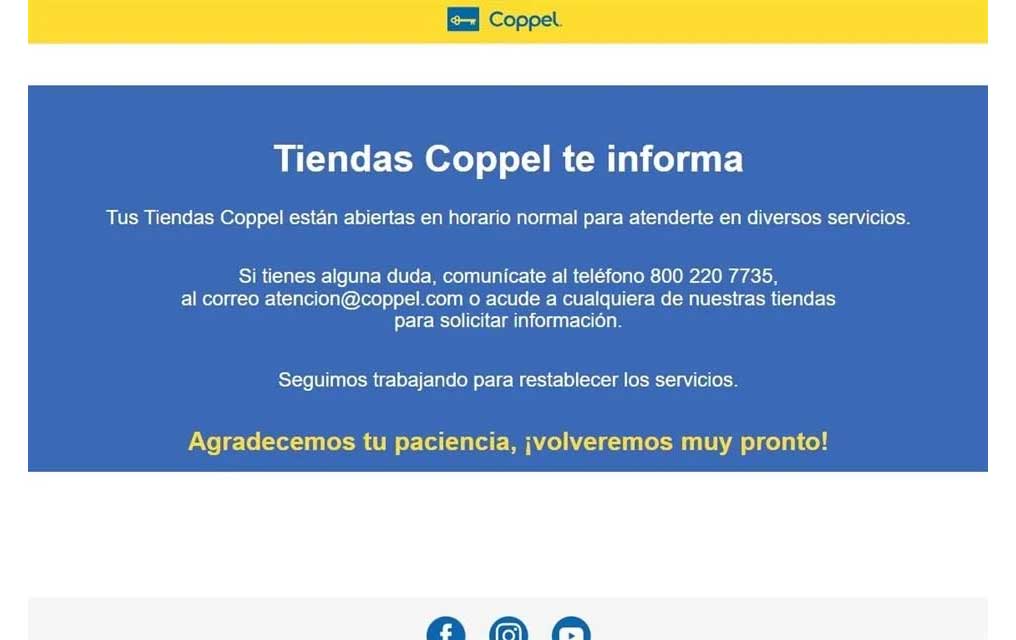You may not have noticed it, but the “convenience” of paying with the OMNY system costs you For subway and MTA bus users in New York About $200 a year more than a traditional MetroCard.
This is because the agency has not yet established an unlimited ride fare option for OMNY, which it does have MetroCard when purchased is valid for 7 or 30 daysregardless of when it was activated.
“We know that the MTA has indicated its intent to have a monthly payment limit product,” he told New York Post Andrew Albert, MTA Board Member. “But we need to get this out there sooner rather than later so more people will convert.”
OMNY is only offering that after 12 paid rides ($2.75 per ride) starting Monday, the following rides are free until midnight Sunday. The convenience is that it does not have to be recharged, but is paid for with a credit card that can be linked to the carrier’s phone. That would total $34 per week ($1,768 per year), based on last week’s proposed MTA fare increases.
The MTA’s proposal would increase the cost of a monthly MetroCard to $132, which is $1,596 times twelve for a year’s coverage. This means that riders who use the fare system the MTA wants to retire would save $172 if they kept their monthly MetroCard.
analysis New York Post Shows that the New Yorkers will have to avoid public transportation for five weeks each year to make up the difference between a monthly MetroCard and an OMNY.
MTA officials have said for years that they intended to offer OMNY a series of discounts that would mirror fares offered to passengers through the MetroCard. However, the agency has only implemented the coordination of 12 flights counted from Monday.
OMNY has been plagued by years of delays due to glitches and errors in the computer system. Its cost jumped from $645 million to $772 million.
“The MTA should do everything it can to encourage people to switch to OMNY, including offering a full range of discounts,” said Danny Pearlstein, key spokesperson for Riders Alliance, an advocacy group for riders.
At the same time he faces the MTA 690 million dollars annually Due to the increase in the number of users who access the metro and buses without paying. In January, an estimated 3,400 homeless people were living in subway cars and stations.
The “Fair Fares” program is offered by the city in which low-income New Yorkers pay half the fare On public transport, the same applies to students, people with disabilities and people over 65 years of age.
Income requirements are based on federal poverty guidelines And consider payment receipts, tax returns, or information from other programs, such as unemployment or food benefits. Check eligibility for the program here.





